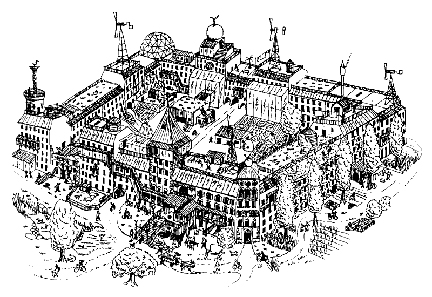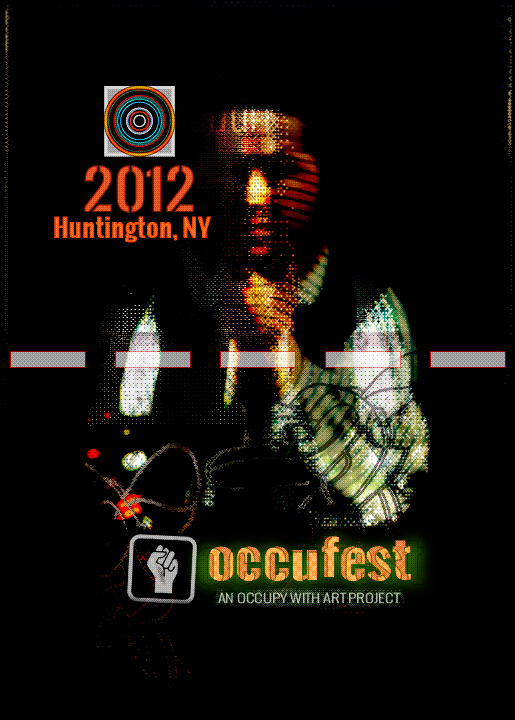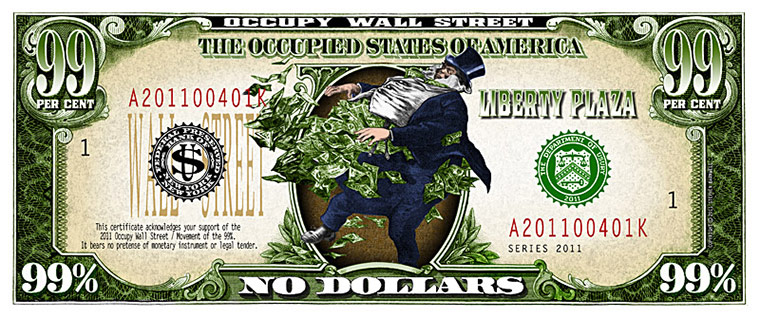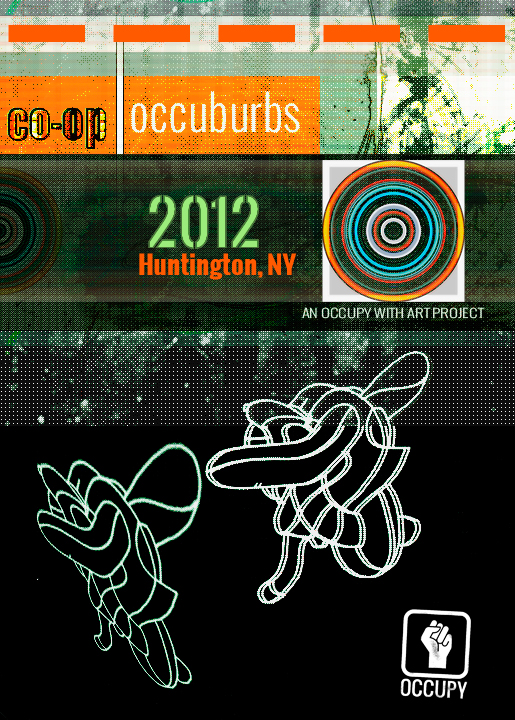CO-OP at b.j. spoke Gallery [Opening Reception, 9/8 report-back]
 Wednesday, September 12, 2012 at 12:17PM
Wednesday, September 12, 2012 at 12:17PM Photo Credit: Katherine Criss
Saturday, September 8 marked the opening of CO-OP in Huntington, Long Island at the venerable b.j. spoke gallery. CO-OP is the Occupy with Art experimental collective project to integrate the 99% art economy with the cooperative food economy. Many of the bj spoke artists in the front and back galleries displayed powerful political artworks for the exhibit. True to Occupy form, we started the evening with street protest, thanks to Occupy Huntington. The good people of Occupy Storefront contributed a couple of last minute entries to our exhibition component, which added a lot of color to the array. The food spread and beverages were terrific, shared by the bj spoke artist community, the OwA participants (Chris baked a great pie and tarts) and our generous sponsors, Blind Bat Brewery. We had a terrific crowd for the reception, starting before the door opened at 6pm and continuing well into the evening. At 7pm, I made a performance art, throwing darts at my portrait of Mayor Bloomberg. It was a hit (actually all of them were)! Then, Chris and I gave brief talks about the project and Occupy with Art. Thank you to all who contributed to what was a wonderful evening of sharing art, convivials + passionate resistance and/or creative insistence. Special thanks goes to Marilyn Lavi, bj spoke director, Katherine Criss, and the bjs crews and committees who were vital in the actualization of this worthy collaborative project. Artist-owned and operated co-operative businesses are essential in a healthy arts ecology, and bj spoke is a great example and demonstration of that fact! - PJM





















